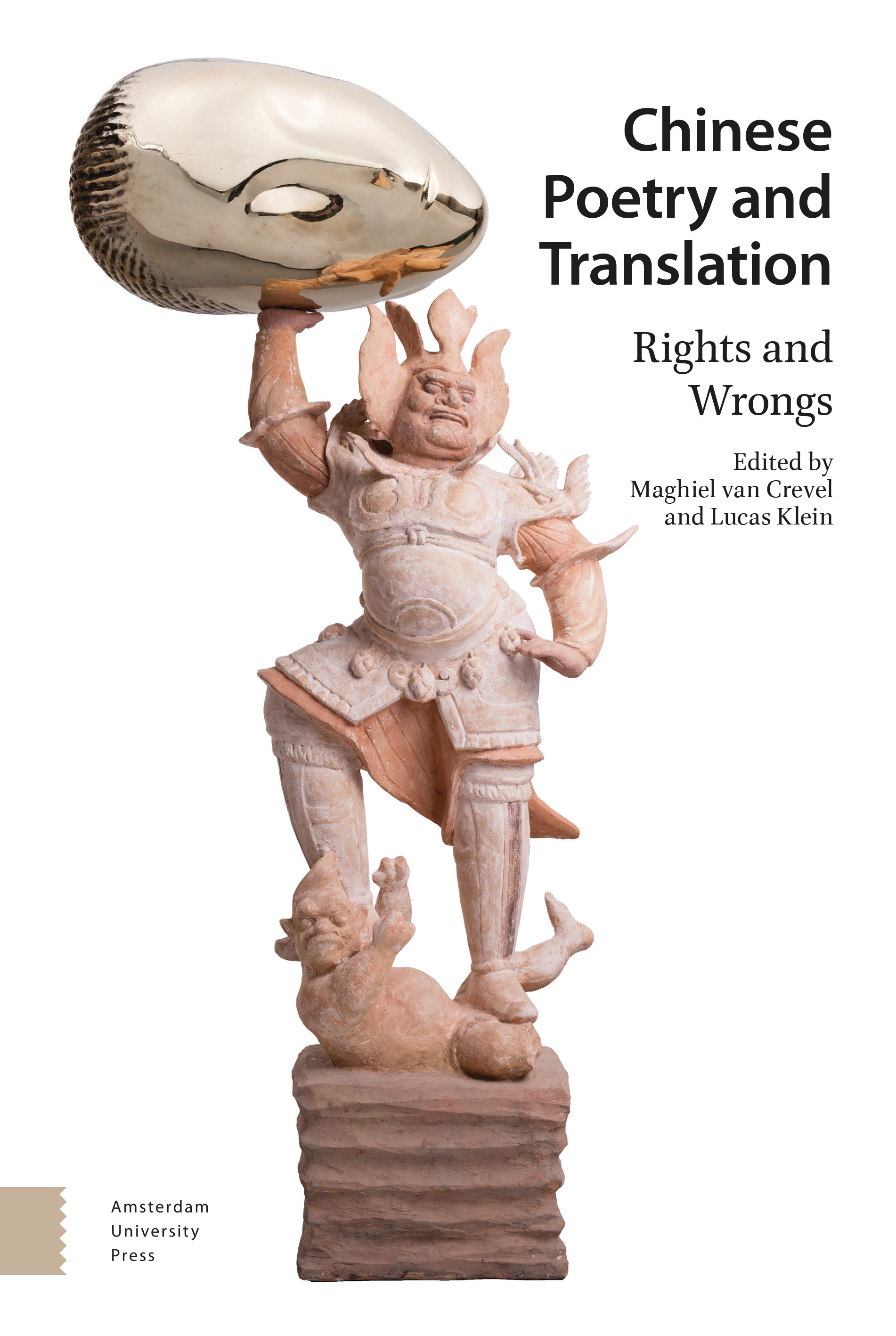

The translation strategies and skills have been elaborated translation theories and theories from other fields have been borrowed in the exploration of the translation process of film subtitles. Researchers have devoted efforts to approach these issues from an academic perspective. The differences in languages, namely the pronunciation, grammar, vocabulary, idiomatic expressions, rules of conversation and writing, gender and more often confuse us (Behrens & Parker, 2010: 31). However, as a cultural product of foreign countries, films’ intended effects are not confined to visual and audio effects. Under this circumstance, Chinese subtitles are very crucial to the production of films for the Chinese audience. Floods of western films together with consumers’ urgent demand to watch the newly-released movies make dubbed films unprofitable and impossible. Nowadays Hollywood movies with Chinese subtitles become a commonplace in Chinese entertainment industry. Keywords: Relevance Theory, Subtitle, Contextual Effects, Assumptions
#Subtitle translation theory movie
This is especially true in the movie subtitle translation due to its unique features as a text and the expectation from the audiences. It allows translators more freedom to recreate their own translation versions rather than being trapped in the "meaning and form" dilemma as (translation) is supposed to "render the meaning of a text into another language in the way that the author intended the text" (Newmark, 2001: 5).

Relevance theory is powerful and efficient in overcoming linguistic, cultural and stylistic obstacles in translation process. By evaluating the English-Chinese translated version of the film The Shawshank Redemption, a 1994 American drama released by the Time Warner Compan y i, the author tries to show how relevance theory works in dealing with the problems in translation, namely cultural differences, word game s, style and omission in translation. Abstract: This paper aims at exploring the efficient strategies of movie-subtitle translation by analyzing the problems in the translating process in terms of linguistic and cultural obstructions.


 0 kommentar(er)
0 kommentar(er)
